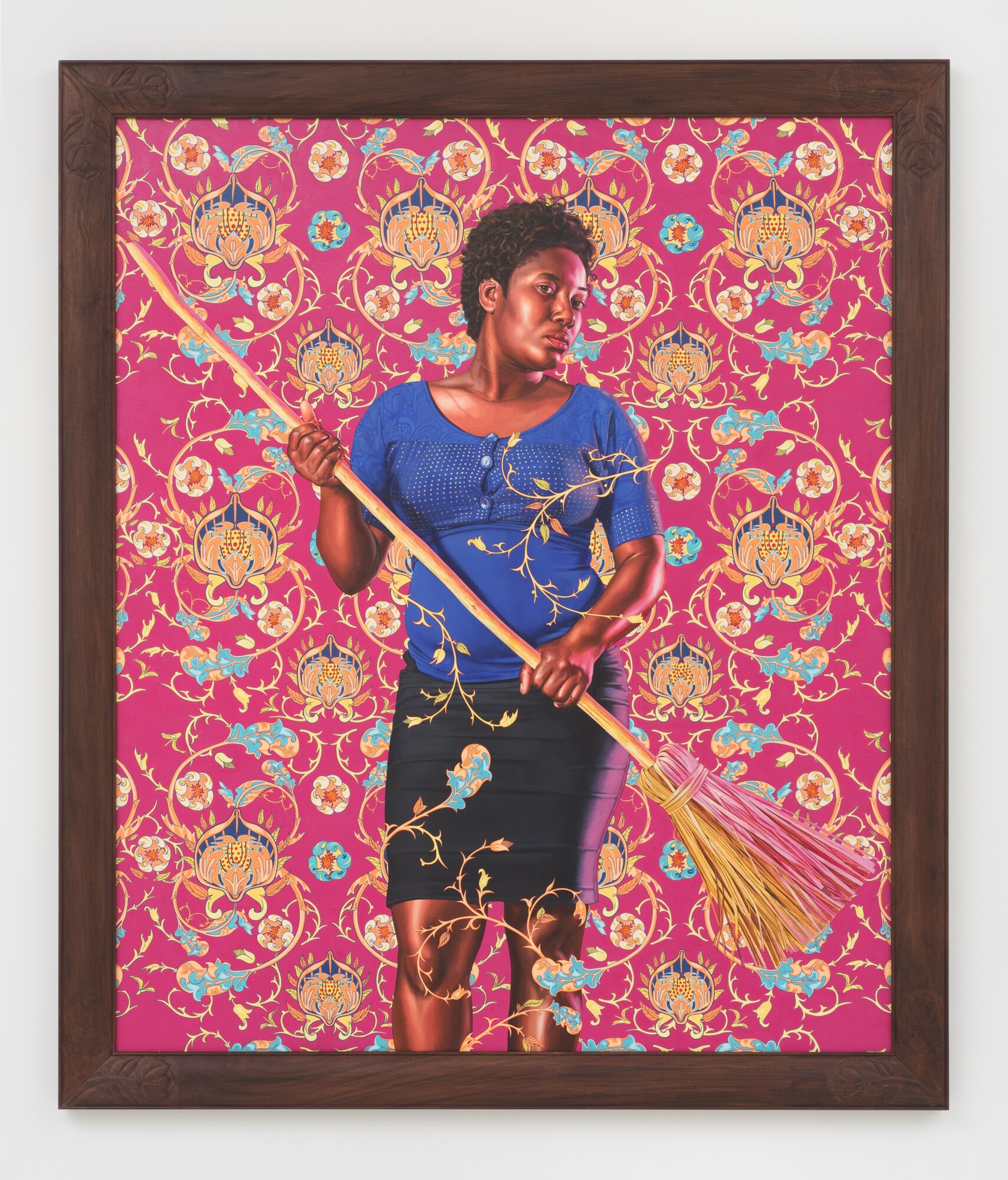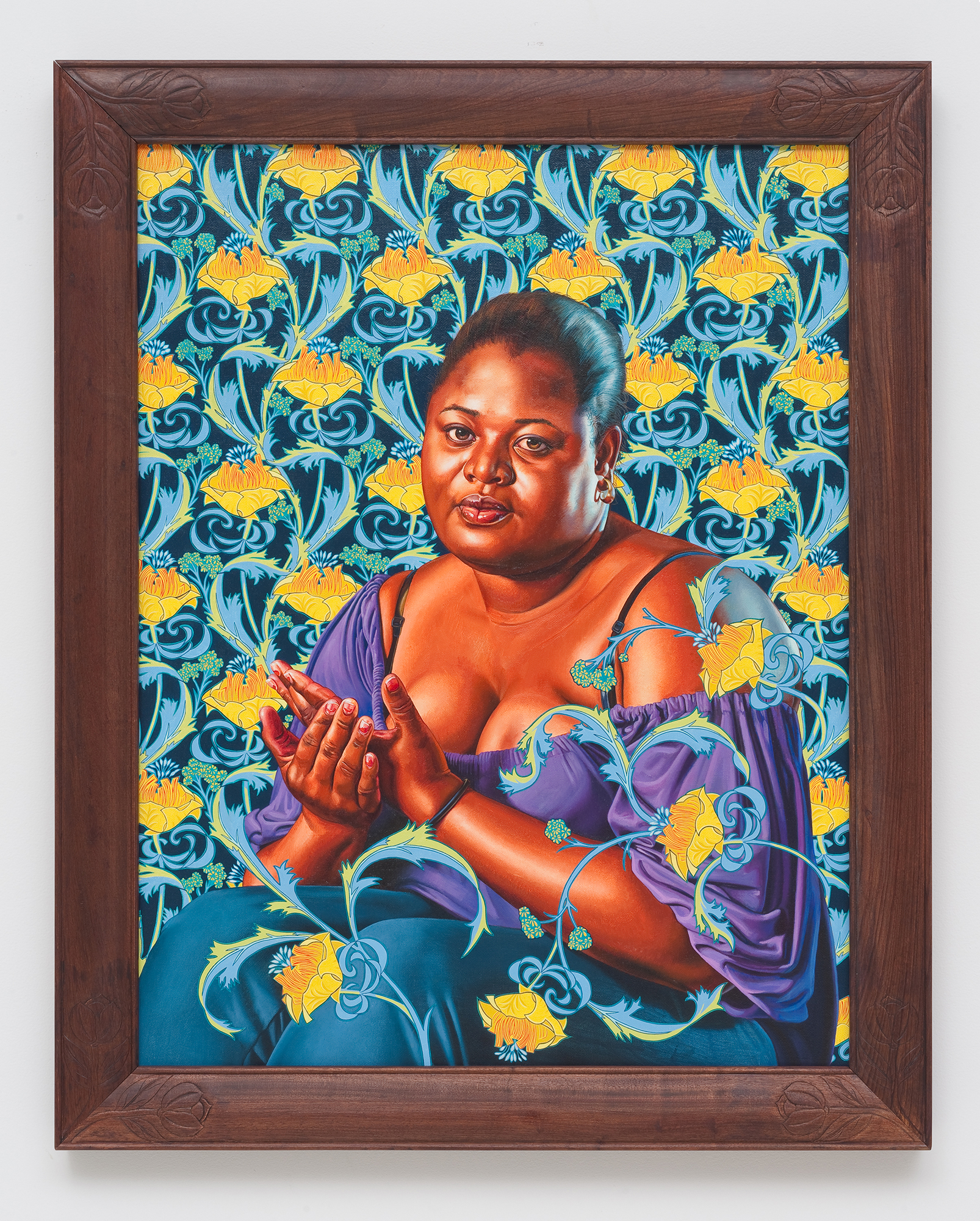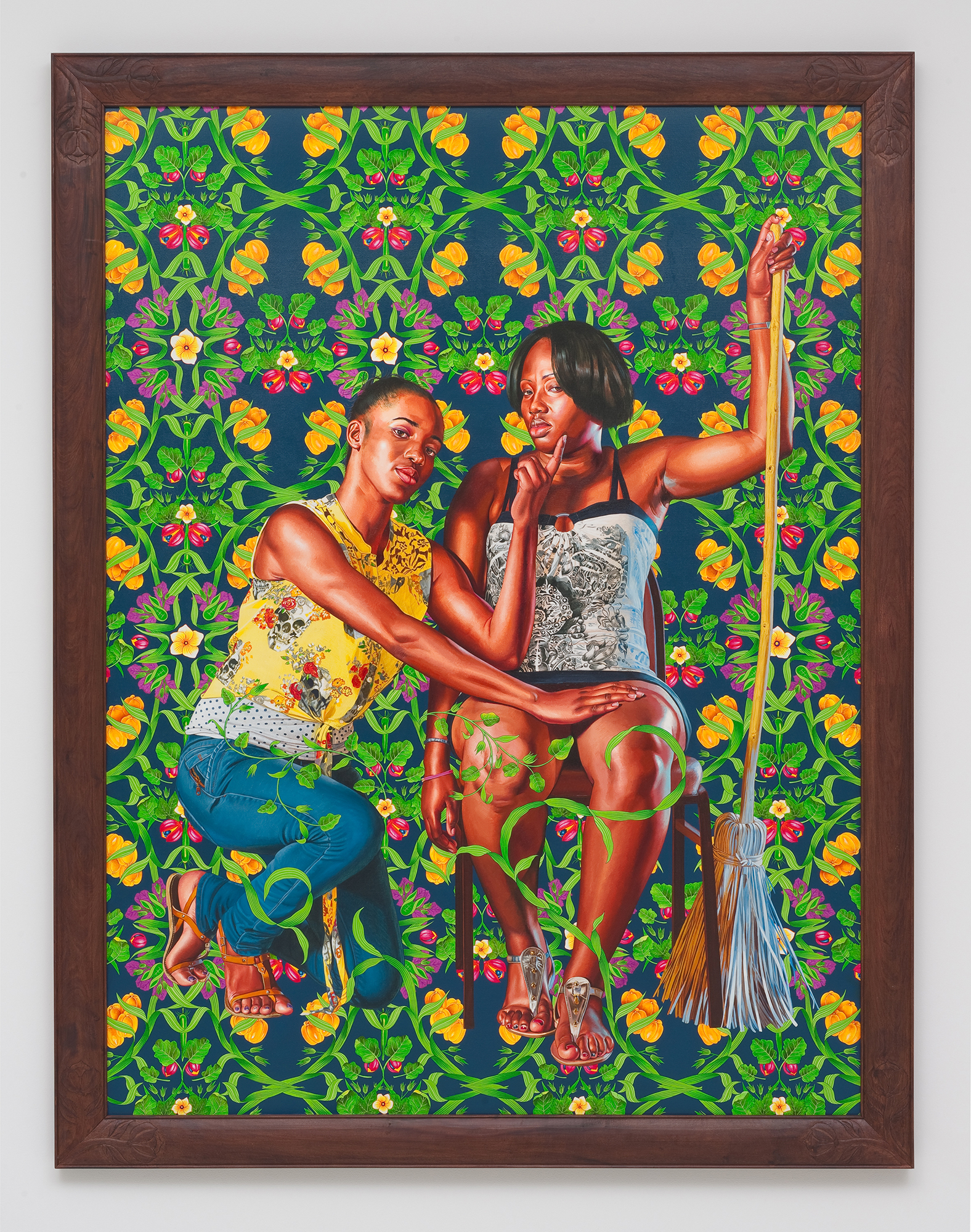In the minds of most, Haiti has never sparked quick associations with tranquility or beauty, and rarely as a travel destination. On the contrary, its modern history, fraught with poverty and corruption and ravaged by a devastating natural disaster, relegated it to a seemingly perpetual Third World status.
Yet, Kehinde Wiley found beauty in Haiti bringing it to the forefront by creating his own beauty pageants, in the long tradition of pageant culture native to the region. In previous World Stage iterations, Wiley conducted his castings on the streets. With The World Stage: Haiti, he employed a different approach specific to the culture: open calls on the radio, posters around the streets of Jacmel, Jalouise and Port-au-Prince culminating in beauty pageants. Across the Caribbean, pageants serve as mass entertainment events, allowing locals to do more than exhibit poise, talent and physical beauty; pageants are a manifestation of collective cultural values. Wiley’s pageant winners were chosen randomly rather than through a judging process. By showing the pageant contestants paintings of European masters on which the new works would be based, Wiley deepened the connection between both place and era.
Haiti’s colonial past, under Spanish and French rule before a revolt by slaves led to independence, figures strongly in Wiley’s current body of work. He draws from the art history of those colonizing powers, summoning parallels across time and geography. Likewise, Haiti’s rich and varied religious traditions, as well as its traditional crafts and decorative arts, inform Wiley’s modern chronicle of life and culture. The backgrounds of the paintings incorporate images of vegetation found on Haiti such as okra, brought first to the island from Africa, and sugarcane, a food product that was broadly exploited as a cash crop during slavery.















